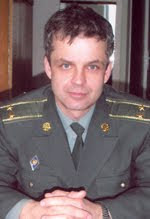I was very please to be in the
holiday of the military history in Djuramosa. I’ve never seen before so many
guests who came from the whole Sweden
to participate in this event.

Most of all, I was impressed with military show. Some pictures taken in the hospitable Djuramossa you can see below. Many participants and spectators were able to by a lot of books and DVDs on military history in SMB book tent. Those who got hungry, got a chance to test a real military pea soup. Even a heavy hailstorm failed to spoil such a nice holiday!


Most of all, I was impressed with military show. Some pictures taken in the hospitable Djuramossa you can see below. Many participants and spectators were able to by a lot of books and DVDs on military history in SMB book tent. Those who got hungry, got a chance to test a real military pea soup. Even a heavy hailstorm failed to spoil such a nice holiday!











